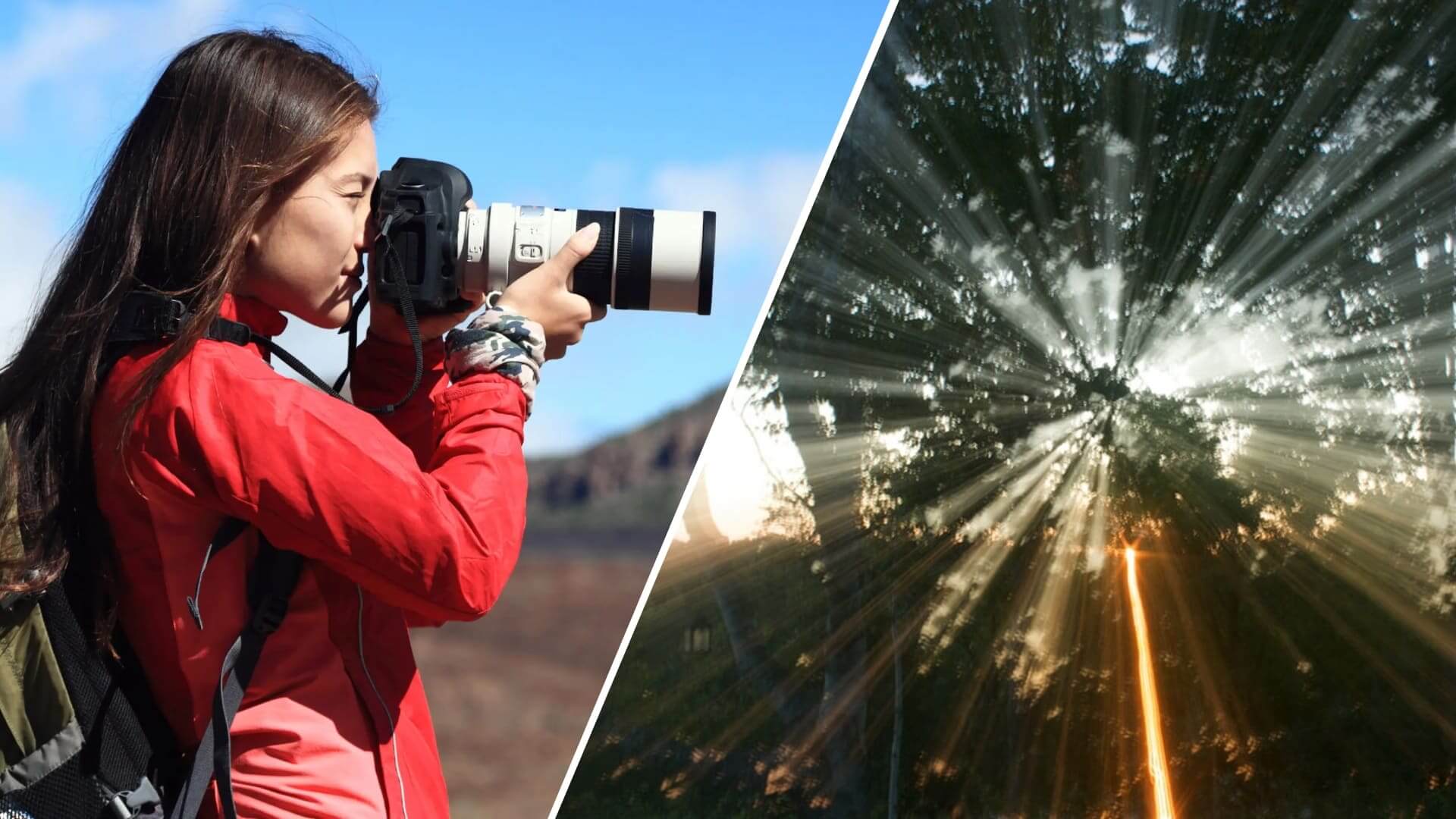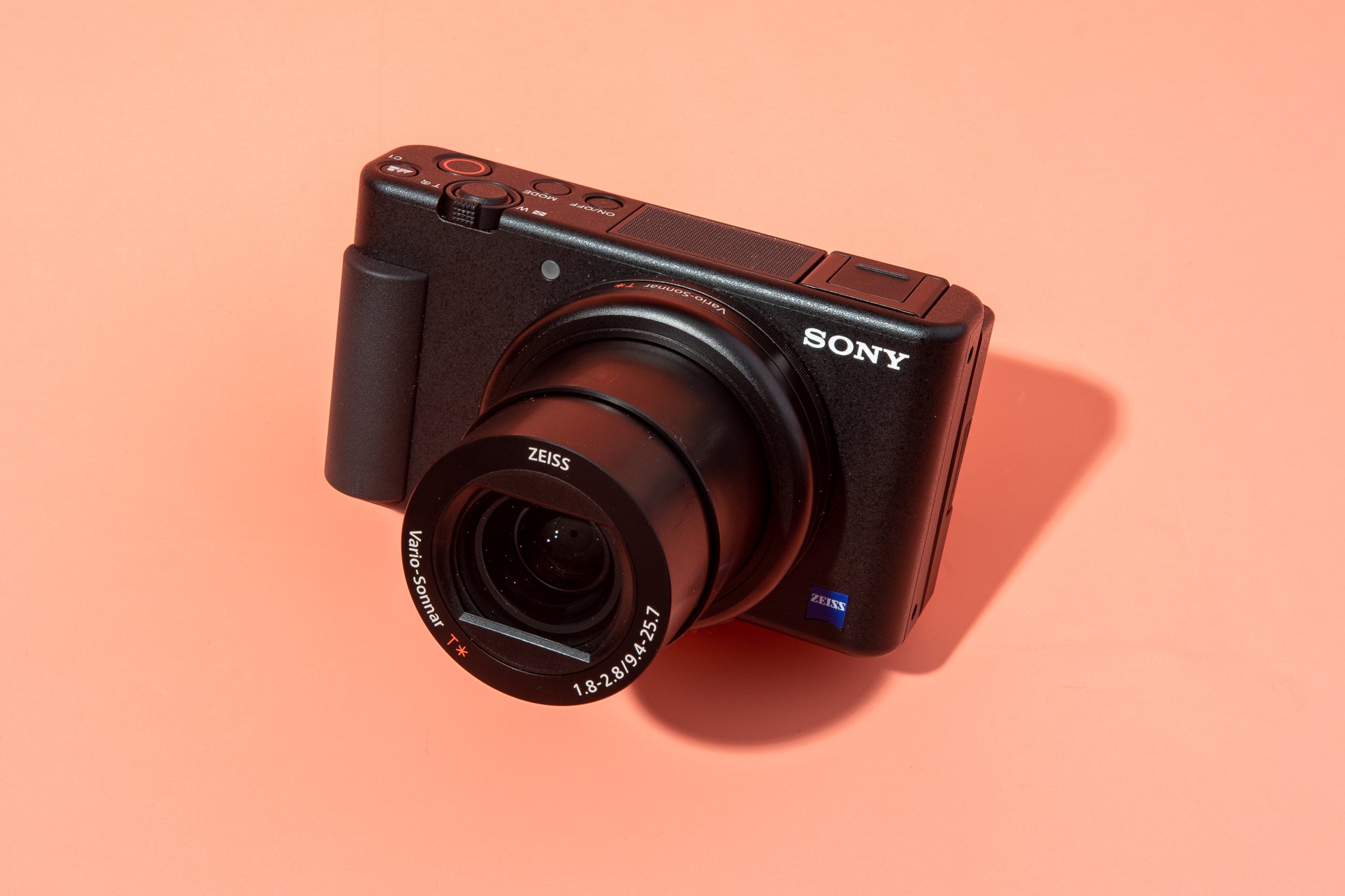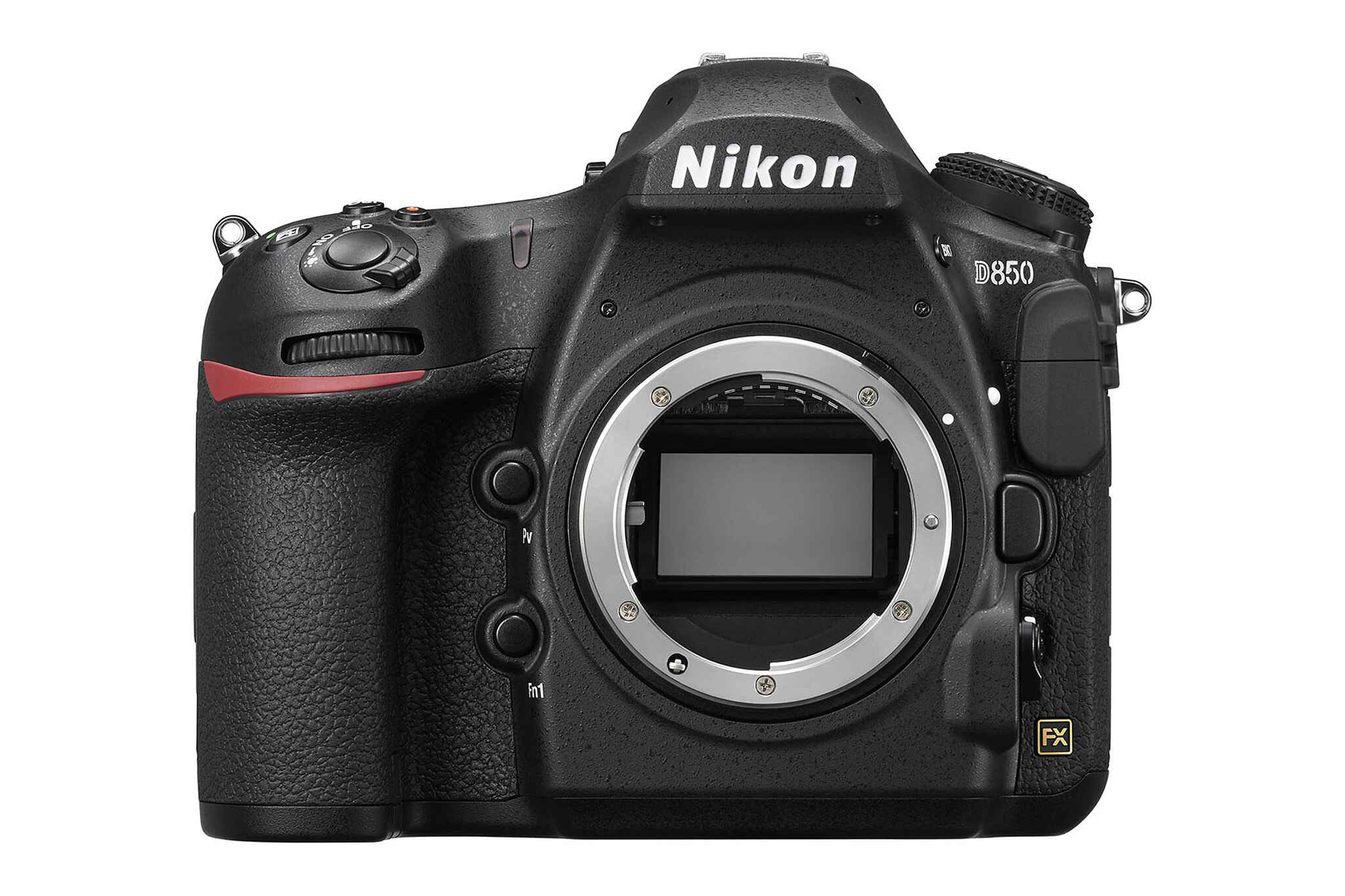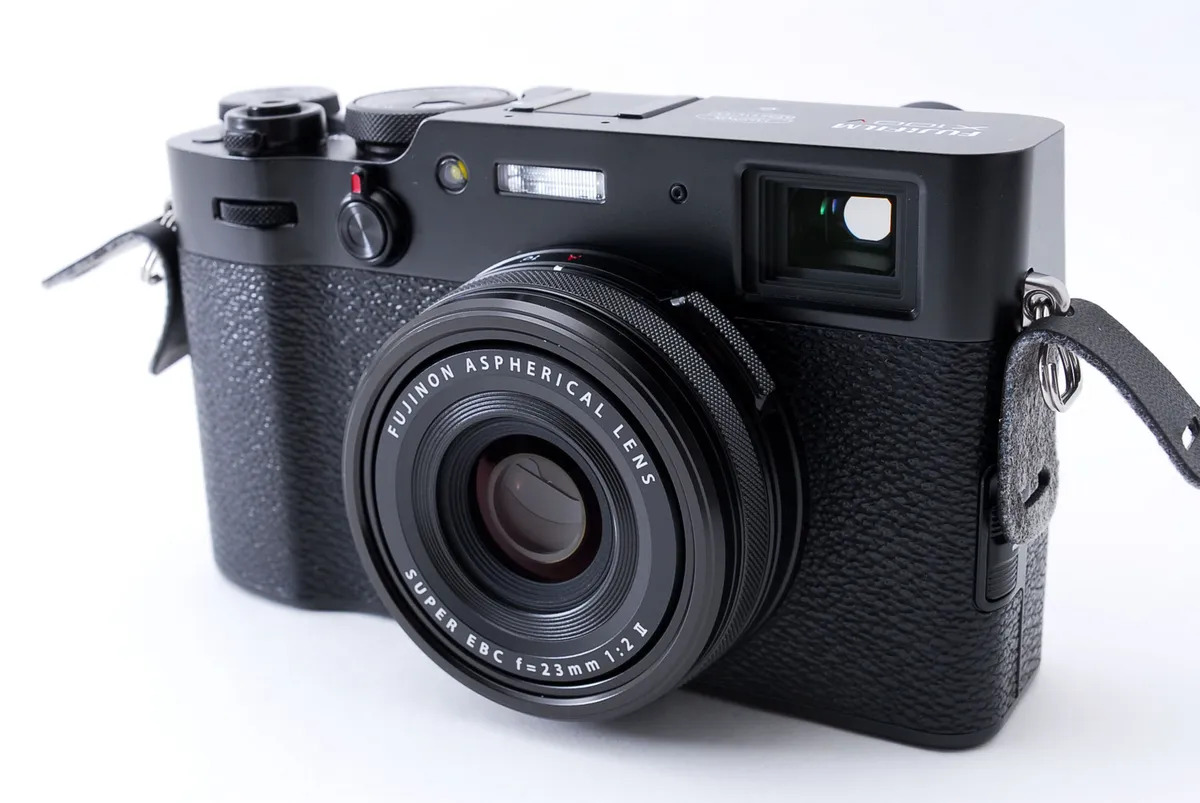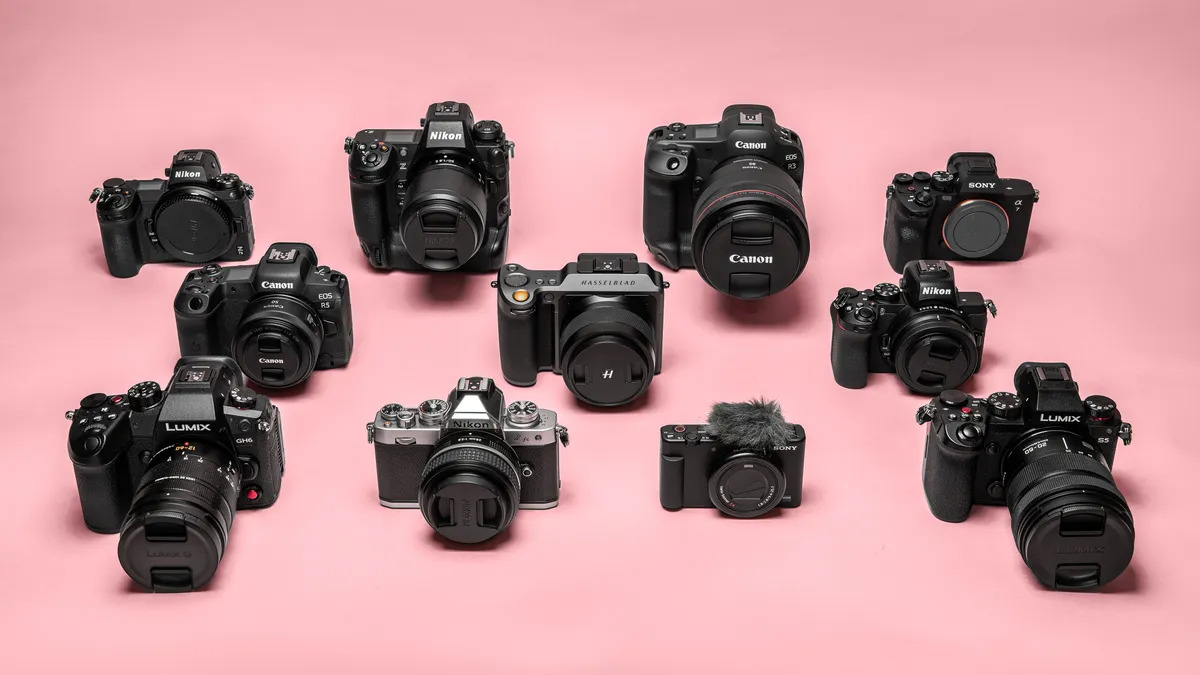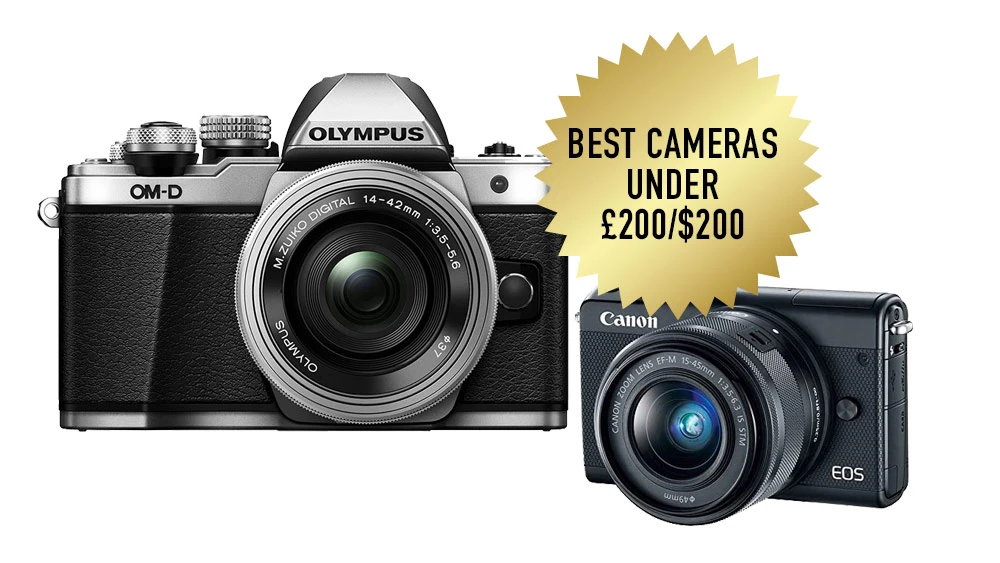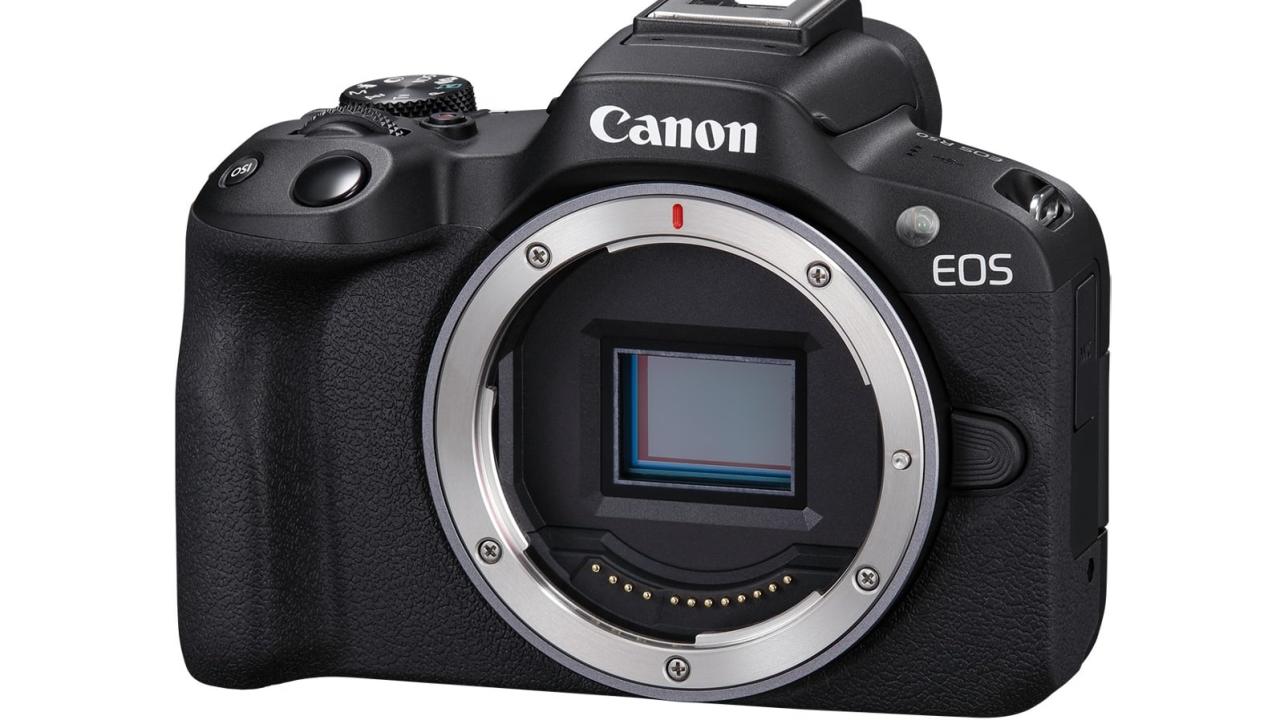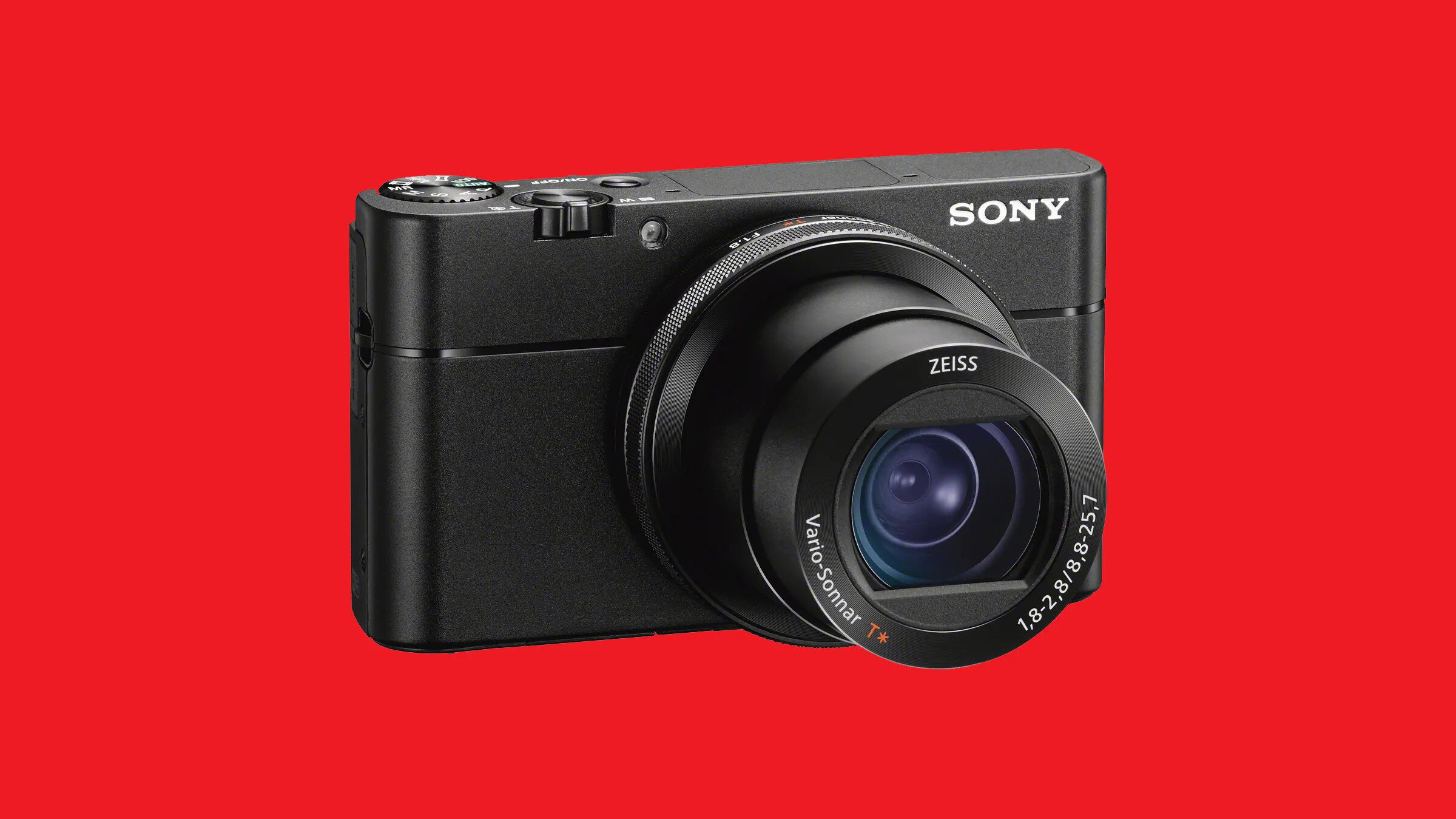Introduction
When it comes to digital cameras, there are a multitude of features and specifications to consider. One of the most important and commonly discussed features is optical zoom. But what exactly does optical zoom mean and why is it significant? In this article, we will delve into the concept of optical zoom and explore its workings, as well as its benefits and limitations compared to digital zoom.
Optical zoom refers to the ability of a camera to magnify an image using a physical lens. Unlike digital zoom, which simply enlarges the existing pixels of an image, optical zoom allows you to get closer to the subject without compromising image quality. It is the preferred option for photographers who value capturing sharp, detailed shots without sacrificing resolution.
Understanding how optical zoom works is essential to fully grasp its advantages. The lens of a digital camera is composed of several glass elements that can be adjusted to change the focal length. By altering the focal length, the lens can either widen the field of view (wide-angle) or narrow it down to capture distant objects (telephoto). Optical zoom refers to the ability to adjust the focal length and bring the subject closer or farther, resulting in a magnified or zoomed-out image.
Having an optical zoom feature on your digital camera opens up a world of possibilities. Whether you are photographing a breathtaking landscape or capturing detailed shots of wildlife, optical zoom allows you to capture the essence of the scene without physically moving closer to the subject. This versatility is particularly valuable when shooting in situations where getting physically closer to the subject is impractical or inaccessible.
Another advantage of optical zoom is the preservation of image quality. As the lens physically adjusts to zoom in or out, it maintains the same resolution throughout the process. This means that the details and sharpness of the image are not compromised, resulting in higher clarity and more professional-looking photographs.
However, it is important to keep in mind that optical zoom does have its limitations. The extent of the zoom depends on the camera model, with some offering more zooming power than others. Additionally, the physical size of the camera’s lens also plays a role in determining the maximum zoom level. It’s important to consider these factors when choosing a camera if you have specific zooming requirements.
Now that we have explored the concept of optical zoom and its benefits, it’s time to compare it to its counterpart: digital zoom. In the next sections of this article, we will discuss the differences between optical zoom and digital zoom, as well as the factors to consider when making a choice between the two.
What is optical zoom?
Optical zoom is a feature found in digital cameras that allows the user to adjust the focal length of the camera lens, thereby magnifying the image and bringing the subject closer. Unlike digital zoom, which simply enlarges the existing pixels of an image, optical zoom maintains the image quality by physically adjusting the lens.
The focal length of a camera lens determines the field of view and the degree of magnification. The shorter the focal length, the wider the field of view, while a longer focal length narrows down the field of view and allows for zooming in on distant subjects. This adjustment of focal length in optical zoom is achieved by moving the lens elements within the camera.
With optical zoom, the camera lens physically moves to change the perspective or zoom level. For example, if you are using a camera with 3x optical zoom, the lens will adjust its position to magnify the scene three times, bringing the subject closer. So, if you were capturing a landscape shot with a 3x optical zoom, the resulting image would appear three times larger than if you were not utilizing the zoom feature.
Optical zoom provides the advantage of preserving image quality because it is utilizing the physical lens to magnify the subject. This means that the details and sharpness of the image remain intact, resulting in high-resolution photographs. The lens is designed to capture the light and focus it onto the camera’s sensor, ensuring optimal image quality.
Another important aspect to note about optical zoom is that it allows for precise composition of the shot. By adjusting the focal length, you have control over the framing and composition of your image. This can be particularly advantageous in situations where physically getting closer to the subject is not possible, such as wildlife photography or capturing distant landmarks.
It’s worth noting that the degree of optical zoom varies from camera to camera. Some models offer a wide range of zoom levels, ranging from 3x to even 50x or more. The maximum zoom level primarily depends on the camera’s lens and its design. Generally, a camera with a larger physical lens will provide a higher level of optical zoom.
In summary, optical zoom is a fundamental feature of digital cameras that allows for the adjustment of the focal length to magnify the subject and bring it closer. By utilizing physical lens elements, optical zoom preserves image quality and offers precise composition control. Understanding the concept of optical zoom is crucial for photographers who want to capture close-up shots with clarity and detail.
How does optical zoom work?
Optical zoom works by physically adjusting the position of the lens within a digital camera to change the focal length. This movement of the lens allows for a variation in the magnification level and brings the subject closer or farther away, depending on the desired effect.
Inside a digital camera, the lens consists of multiple glass elements that are carefully arranged to bend and focus the incoming light onto the camera’s image sensor. When the camera is set to use optical zoom, the lens elements automatically move to adjust the focal length and create a zoomed-in or zoomed-out effect.
Typically, there are two types of optical zoom: fixed focal length and zoom lenses. Fixed focal length lenses have a fixed magnification level and cannot be adjusted. These lenses are commonly referred to as prime lenses and are often appreciated for their superior image quality and wider aperture capabilities.
On the other hand, zoom lenses have a variable focal length that allows for a range of magnification levels. These lenses are more versatile as they provide the flexibility to compose the shot in various zoom levels. Zoom lenses come with markings on the barrel indicating the zoom range, such as 18-55mm or 70-200mm, which represent the focal lengths at the widest and most zoomed-in points.
When the user adjusts the zoom lever or rotates the zoom ring on the camera, the lens elements move in coordination to change the focal length. In a camera with optical zoom, the lens actually extends or retracts to facilitate smooth zooming and image magnification.
For example, if you are using a digital camera with a 5x optical zoom, the lens will physically move to magnify the scene five times. As a result, the subject in the frame will appear five times larger than it would without utilizing the zoom feature. This physical adjustment of the lens ensures that the magnification is achieved without any loss in image quality.
It’s important to note that opting for higher optical zoom levels can result in a larger and bulkier camera body. This is because the physical lens elements required to achieve higher magnification levels tend to be larger in size. So, if you require a camera with a significantly higher zoom range, you may need to consider a camera with a larger lens and body size.
In summary, optical zoom works by physically adjusting the position of the lens within a digital camera to change the focal length, resulting in magnification of the subject. Whether through fixed lenses or zoom lenses, the lens elements move to achieve the desired level of zoom and maintain image quality throughout the process.
Benefits of optical zoom
Optical zoom offers a range of benefits that make it an essential feature in digital cameras. Let’s explore some of the advantages of utilizing optical zoom:
- Increased versatility: Optical zoom allows photographers to capture a wide variety of shots without physically moving closer to the subject. Whether it’s photographing wildlife from a safe distance or capturing intricate details of a landscape, optical zoom opens up new possibilities for composition.
- Preserved image quality: Unlike digital zoom, which simply enlarges the existing pixels of an image, optical zoom maintains image quality by physically adjusting the lens. This results in sharper and more detailed photographs, even when zoomed in.
- Precise composition: With optical zoom, you have control over the framing and composition of your shots. The ability to adjust the focal length allows for precise framing and the elimination of unwanted elements in the frame.
- Professional-looking results: Optical zoom helps you capture shots that have a more professional appearance. By zooming in on the subject, you can isolate it from the background, creating a pleasing blur or bokeh effect that enhances the overall aesthetic of the photograph.
- Less reliance on editing software: Using optical zoom to capture a close-up shot reduces the need for heavy cropping or enlarging in post-processing. This saves time and ensures that the image quality is not compromised by excessive editing.
Furthermore, the benefits of optical zoom extend beyond photography. For videographers, optical zoom allows for smooth transitions between different focal lengths, enabling seamless zooming during video recording. This feature is particularly useful when shooting events or capturing dynamic scenes.
It’s worth mentioning that the extent of optical zoom varies from camera to camera. Higher-end models may offer a larger optical zoom range, enabling even greater magnification capabilities. So, depending on your specific needs and preferences, you can choose a camera with the appropriate optical zoom level that suits your shooting style.
In summary, the benefits of optical zoom are increased versatility, preserved image quality, precise composition control, professional-looking results, and reduced reliance on editing software. By utilizing optical zoom, photographers can effectively capture a wide range of subjects and achieve visually stunning results.
Limitations of optical zoom
While optical zoom offers many advantages, it is important to understand its limitations. Here are some of the key limitations to consider:
- Physical size and bulk: The ability to achieve higher magnification levels through optical zoom often requires larger lens elements and a bulkier camera body. This can make the camera less portable and more challenging to carry around for extended periods.
- Maximum zoom level: The maximum zoom level of a camera with optical zoom depends on the camera model and lens design. Some cameras may have a limited zoom range, which may not be sufficient for certain types of photography, such as wildlife or sports photography that require capturing subjects from a significant distance.
- Reduced low-light performance: As the focal length increases in optical zoom, the amount of light reaching the camera sensor decreases. This can result in reduced low-light performance and may require the use of a tripod or higher ISO settings to compensate for the decrease in light.
- Fixed focal lengths: In cameras with fixed focal lengths or prime lenses, there is no option to adjust the zoom level. The lack of zoom capability can be limiting in situations where different magnification levels are required for capturing various scenes or subjects.
- Cost: Cameras with higher optical zoom capabilities tend to be more expensive than those with lower zoom levels. The advanced lens technology and larger lens elements required for greater magnification contribute to the higher cost of such cameras.
It’s important to carefully consider your specific photography needs and shooting style when evaluating the limitations of optical zoom. If you frequently find yourself needing to capture distant subjects or require a wide range of zoom levels, it may be worthwhile to explore options with a higher optical zoom range.
However, it’s worth noting that despite these limitations, optical zoom remains a valuable feature for many photographers. Its ability to maintain image quality, provide precise composition control, and offer versatility make it an essential tool for capturing a wide variety of subjects and scenes.
In summary, the limitations of optical zoom include the physical size and bulk of the camera, the maximum zoom level available, reduced low-light performance, the lack of adjustable zoom in fixed focal length lenses, and the potential higher cost associated with cameras offering greater optical zoom capabilities. Understanding these limitations helps photographers make informed decisions about the equipment they choose to use in different shooting scenarios.
Optical zoom vs digital zoom
When it comes to zooming capabilities in digital cameras, it is important to differentiate between optical zoom and digital zoom. While they both aim to bring the subject closer, they work in fundamentally different ways and offer distinct advantages and disadvantages. Let’s explore the differences between optical zoom and digital zoom:
Optical zoom: Optical zoom works by physically adjusting the position of the camera lens to magnify the image and bring the subject closer. By changing the focal length, optical zoom allows for a true zooming effect without sacrificing image quality. The lens elements move within the camera to provide varying levels of magnification, resulting in crisp and detailed photographs even when zoomed in.
Digital zoom: Digital zoom, on the other hand, does not involve any physical movement of the lens. Instead, it relies on software algorithms to crop and enlarge a portion of the image. When using digital zoom, the camera essentially enlarges the existing pixels, resulting in a loss of detail and image quality. The more you zoom in digitally, the greater the loss of detail becomes.
The major difference between optical zoom and digital zoom lies in how they handle image magnification. Optical zoom offers true magnification by physically adjusting the lens, while digital zoom relies on software manipulation to simulate the effect of zooming in.
One of the key distinctions between optical zoom and digital zoom is the impact on image quality. Optical zoom maintains image resolution and detail, as it captures the subject with the appropriate focal length. Digital zoom, on the other hand, compromises image quality by essentially magnifying a small portion of the image, resulting in increased pixelation and loss of sharpness.
Another crucial difference is the flexibility in composition that optical zoom provides. With optical zoom, you can adjust the framing and composition while maintaining the desired level of magnification. Digital zoom, however, limits your ability to recompose the shot since it simply enlarges the existing pixels of the image.
In terms of zoom range, optical zoom generally provides more flexibility compared to digital zoom. Cameras with high optical zoom capabilities, such as 10x or 20x, allow you to capture subjects from a considerable distance. Digital zoom, on the other hand, is often limited and can result in a significant loss of quality when zooming in too far.
It’s important to note that some cameras offer a combination of both optical zoom and digital zoom. This means that you can use optical zoom for the initial magnification and then switch to digital zoom for further enlargement. This hybrid zoom can offer more flexibility but it is crucial to understand the limitations of digital zoom in terms of image quality.
In summary, optical zoom provides true magnification by physically adjusting the lens position, resulting in better image quality and more precise composition control. Digital zoom, on the other hand, relies on software manipulation and sacrifices image quality as you zoom in further. Understanding the differences between optical zoom and digital zoom is essential for choosing the appropriate zooming method based on your specific photography needs.
Conclusion
Optical zoom is a valuable feature in digital cameras that allows photographers to capture close-up shots with clarity and detail. Unlike digital zoom, which compromises image quality by simply enlarging pixels, optical zoom physically adjusts the lens to provide true magnification without sacrificing resolution.
The ability to bring the subject closer while maintaining image quality offers numerous benefits to photographers. Optical zoom enhances versatility by allowing photographers to capture a wide range of subjects, from wildlife to landscapes, without physically getting closer. It provides precise composition control and the ability to isolate the subject from the background, creating professional-looking photographs.
However, it is important to be aware of the limitations of optical zoom. These include the physical size and bulk of the camera, maximum zoom level, reduced low-light performance, fixed focal lengths in some lenses, and potentially higher cost associated with greater zoom capabilities.
The alternative to optical zoom is digital zoom, which relies on software manipulation to enlarge the image. Digital zoom often results in a decrease in image quality and limits the flexibility of composition compared to optical zoom.
In conclusion, optical zoom is a powerful tool for photographers who seek to capture detailed shots with clarity and precision. Its ability to maintain image quality, provide versatile composition options, and offer true magnification makes it an indispensable feature in digital cameras. By understanding the differences between optical zoom and digital zoom, photographers can make informed decisions about which zooming method suits their specific needs and delivers the desired results.







